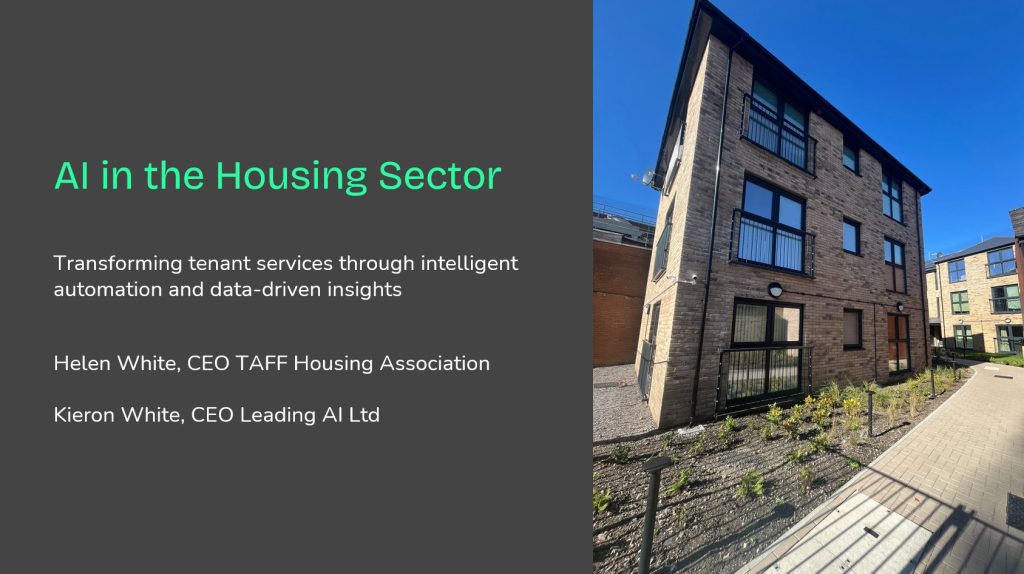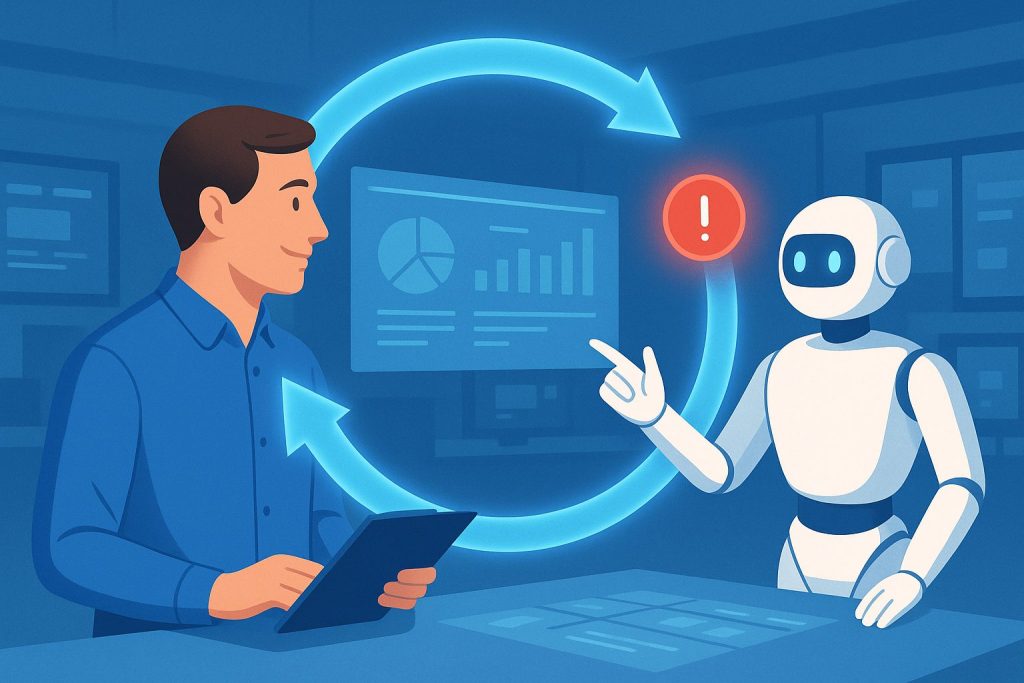
AI, and how to make sense of the UK Government’s Budget announcement, without resorting to reading it
News

KnowledgeFlow in the Housing Sector with Helen White, CEO Taff Housing Association
Webinars

Hallucinations at the roundtable: what The Traitors teaches us about AI confidence
News

24 Nov – Webinar – AI in the Housing Sector with Helen White, CEO at Taff Housing Association
Events
Subscribe to our newsletter today!
Subscribe to our weekly newsletter and we’ll keep you up to date with what we think you need to know.
Book a demo today.
The value we create with our platform is tried and tested. We’d love to show you what we can do.







